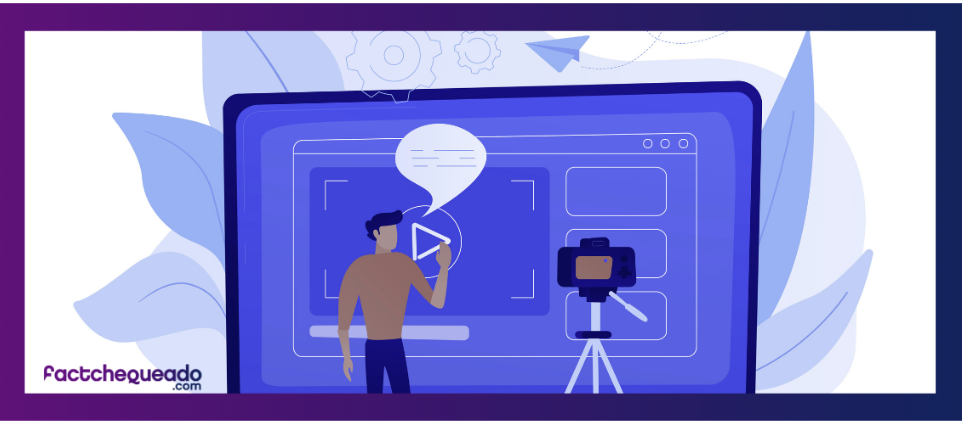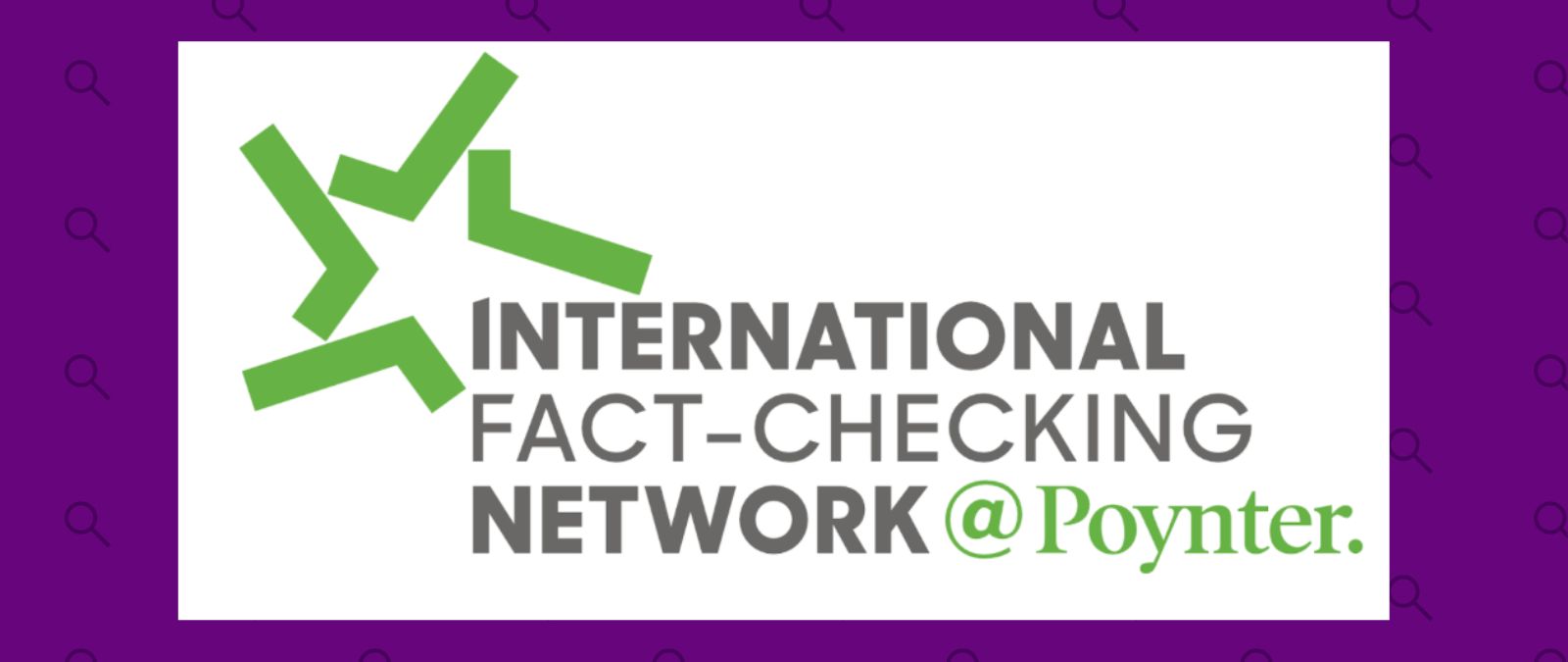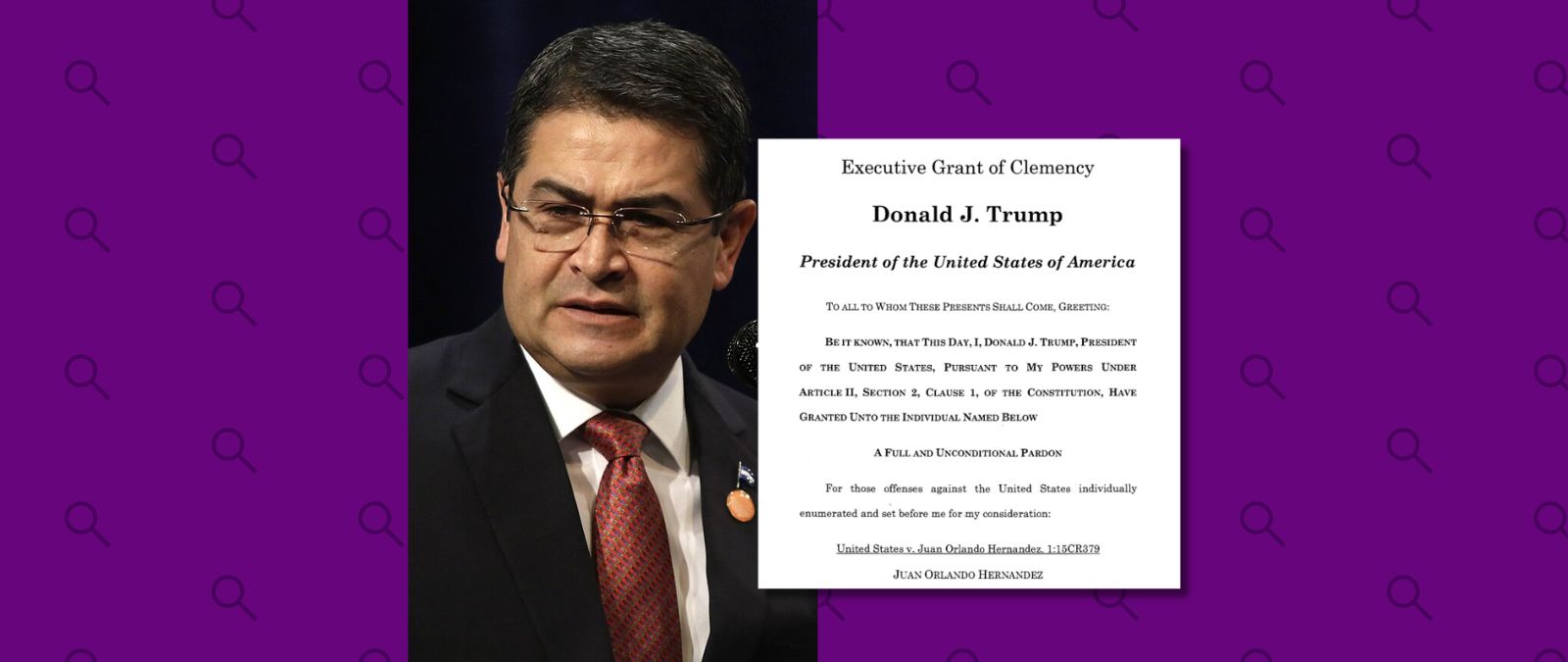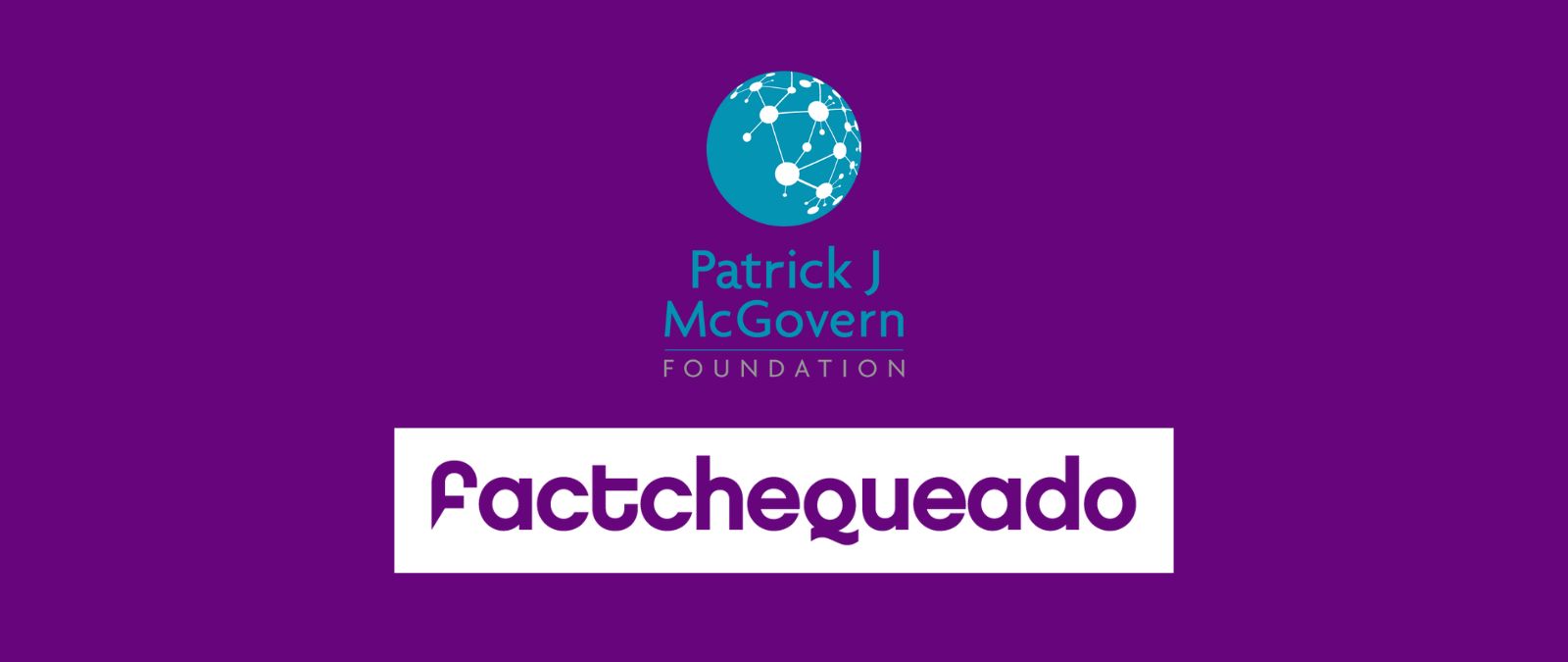The Latino population in the United States now exceeds 68 million people and represents more than 20% of the country's total population. This group is deeply diverse, which presents a huge opportunity for media outlets and organizations: to produce bilingual information, in Spanish, or specifically tailored to their cultural and linguistic realities.
However, misinformation hits this audience particularly hard, especially on social media and messaging apps in Spanish, where moderation and quality information are less available than in English. Studies show that culturally adapted fact-checking does have a positive effect in countering falsehoods.
Between January and September 2025, Factchequeado conducted a mixed study to understand which informative video formats generate the greatest connection, clarity, and reach with this audience. The analysis (available in Spanish and English) combined quantitative data from social platforms with a qualitative assessment conducted in collaboration with the Digital Democracy Institute of the Americas (DDIA).
“Latinos are exposed to high levels of misinformation in Spanish, and we have seen that the challenge is not only to create good content, but also to connect with the audience. With this study, we seek to offer data on formats that work in news videos for Latinos in the United States,” said Ana María Carrano, Managing Editor of Factchequeado.
Quantitative phase: 15 formats evaluated
The Factchequeado Lab team tested 15 video formats published on different social media platforms (Instagram, TikTok, and YouTube) that addressed topics such as migration, politics, health, climate, and scams. Each format was tested with six videos, and the results were compared with the average metrics of Factchequeado's accounts to identify which ones generated the most interest and engagement.
“It was a very interesting challenge to analyze how each format is perceived depending on the topic and platform. This type of experimentation, from a product perspective, helps us understand what really connects with Latino communities and how to adapt the information to make it clearer and more useful. It is key to continue iterating to better reach our audience,” said Olivia Rivarola, Social Media & Product Manager at Factchequeado.
Qualitative phase: audience perception
The second phase, carried out in conjunction with the Digital Democracy Institute of the Americas (DDIA), incorporated asynchronous qualitative panels with 28 participants and in-depth interviews, controlling the thematic variable to analyze the reaction to three different formats of informational video.
"The Factchequeado Lab, an initiative that in 2025 had the support of the International Fact Checking Network (IFCN), seeks not only to better understand how Latinos living in the United States consume content in order to improve Factchequeado's reach and increase its impact, but also to share those lessons and learnings with our more than 135 allies to strengthen the entire Spanish-language information ecosystem," said Laura Zommer, co-founder and CEO of Factchequeado.
Recommendations for media outlets and organizations serving Latinos who get their news in Spanish
In conclusion, the report details some recommendations for optimizing the production and distribution of audiovisual content for Latinos in the US:
Prioritize the presence of human presenters on camera, with relatable expressions and genuine emotions, as they maximize connection and engagement.
Collaborate with local influencers and creators to multiply reach, add authenticity, and reach specific communities.
Adjust the format to the characteristics of each platform: what works on Instagram will not necessarily be successful on YouTube or TikTok.
Sensitive topics, such as migration or politics, and humorous or ironic tones, encourage identification.
Clearly label content generated with artificial intelligence (AI), as transparency strengthens trust.
The conclusion is clear: producing good information is not enough; it is important to distribute it intelligently, collaborate with trusted voices, and do so in formats that reflect the diversity and cultural sensitivity of Latinos living in the United States.
You can access the full report in Spanish here.
You can access the full report in English here.
Primera fecha de publicación de este artículo: 20/11/2025











